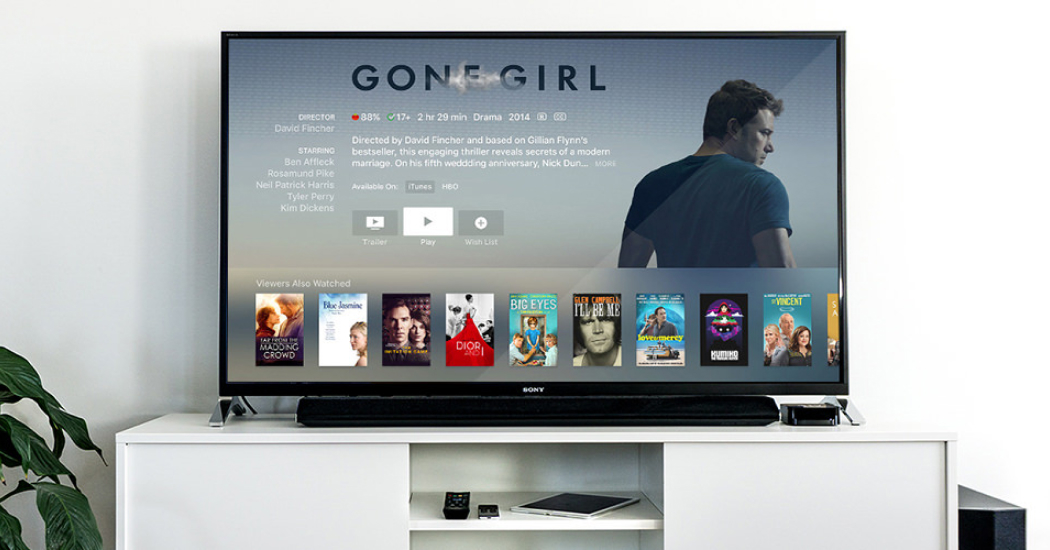The Collapse Of Reliability

I don’t know about the rest of you, but I spend a lot of time these days looking for silver linings in every headline. Viewership may be down, I tell myself, but TV content consumption is way up! The quality of content has never been better! Access to high-quality content has never been higher!
It’s not a secret that in many areas linear TV viewership is trending down, and that no traditional thinking on this subject is likely to change this. The thing that’s scary is that we seem to have lost the ability to predict success. US presidential election and Brexit jokes aside, we’re staring into an altogether different kind of abyss where the NFL and shows like “The Walking Dead” struggle to garner the number of viewers each has historically and reliably enjoyed.
So, what gives?
Is Fragmentation Another Word For ‘Shattered?’
I think the problem comes down to too many options. You could argue that we’ve lived through this kind of fragmentation before with the advent of cable back in the day, but this time, the fracturing is deep and infinitely complex.
By some estimates we could hit more than 400 new scripted shows next year, and a third of those are likely to come from online providers, such as Netflix, Hulu and Amazon. Unless Nielsen is prepping to roll out a plus-90 metric, I don’t know how anyone intends to capture or quantify the implications of viewers’ increasingly bloated consumption backlog of DVR recordings, downloaded but unlistened-to podcasts and an eclectic yet algorithmically generated YouTube and VOD snack list.
I actually believe this backlog is the root of viewership collapse: If something sucks or is lame or you don’t agree with it, there is a queue of about 100 things that can take its place.
Three intolerably unwatchable Sunday Night Football games in a row? I’m going to binge-watch “The Man in the High Castle” on Amazon – it’s a better use of my time. “The Walking Dead” jumped the shark? I guess it’s time to commit to “Westworld.”
While I would agree with the notion that content has never been better, it’s this sense of plenty that may have eroded audience devotion. We can bail on a favorite show based on just a few miscues and fall into the welcoming arms of content that’s even more engaging – perhaps so much so that I never find my way back to the content that I once loved but have abandoned. It’s possible to lay down a popcorn trail or two and find your way back to that deserted content, but when there are seven or 10 or a dozen such trails, well, at some point you’re just surrounded by a ton of popcorn, not by the paths that lead you back.
A New Definition Of TV
In my family, there’s an increasing danger that our living room television is simply going to be defined as “the largest monitor in our house.” There’s as much YouTube and Netflix being viewed on it as cable and broadcast. And when a majority of US households adopt this definition of television, then the whole thing changes.
As advertisers, we’ll probably talk in terms of “big screen,” “family room fixed screen,” “bedroom fixed screen” and “mobile screen.” We’ll also use “estimated” viewers versus “known” or “identified” viewers. And we’ll pay accordingly: “Estimated mobile” viewers may have lower CPMs than “identified bedroom-fixed” viewers. I don’t know what value we’d assign to live linear viewing, but my guess is that this would be subordinated in most instances unless I had time-sensitive advertising to place. In this world, the idea of a mass medium may actually die.
Sure, we’ll cobble together big or equivalent reach via various channels – many probably serving the same content – but the idea of one program, daypart or channel achieving this in a single blow is going to go away.
Reliability Becomes Irrelevant
The irony here is that the net outcome will be distribution of risk. Advertisers will be forced to spread their bets to ensure reach, which means that reliable delivery of audience by a single outlet may not matter so much to advertisers anymore as long as they can pay on the actual delivery, based on a broadly ranged estimate versus a straight-up commitment to a supposedly accurate delivery prediction.
This is an important nuance because it prevents too much budget from being tied up in potential exposure to overdelivery. My guess is that because delivery can take place over longer periods of time, advertisers will have the ability to shut down when they start to approach their maximum. If overexposure risk can be mitigated, then advertisers are more free to make risky bets. If “The Walking Dead” underperforms, for example, maybe that little investment in the three-part indie zombie documentary can cover the shortfall. There’s a chance of discovering a break-out hit – and being the genius brand that discovered it.
The key question in this media era is how comfortable we can all be with not knowing what will happen. Seems to me that we have no choice but to get comfortable because, as near as I can tell, all traditional bets will be off.
